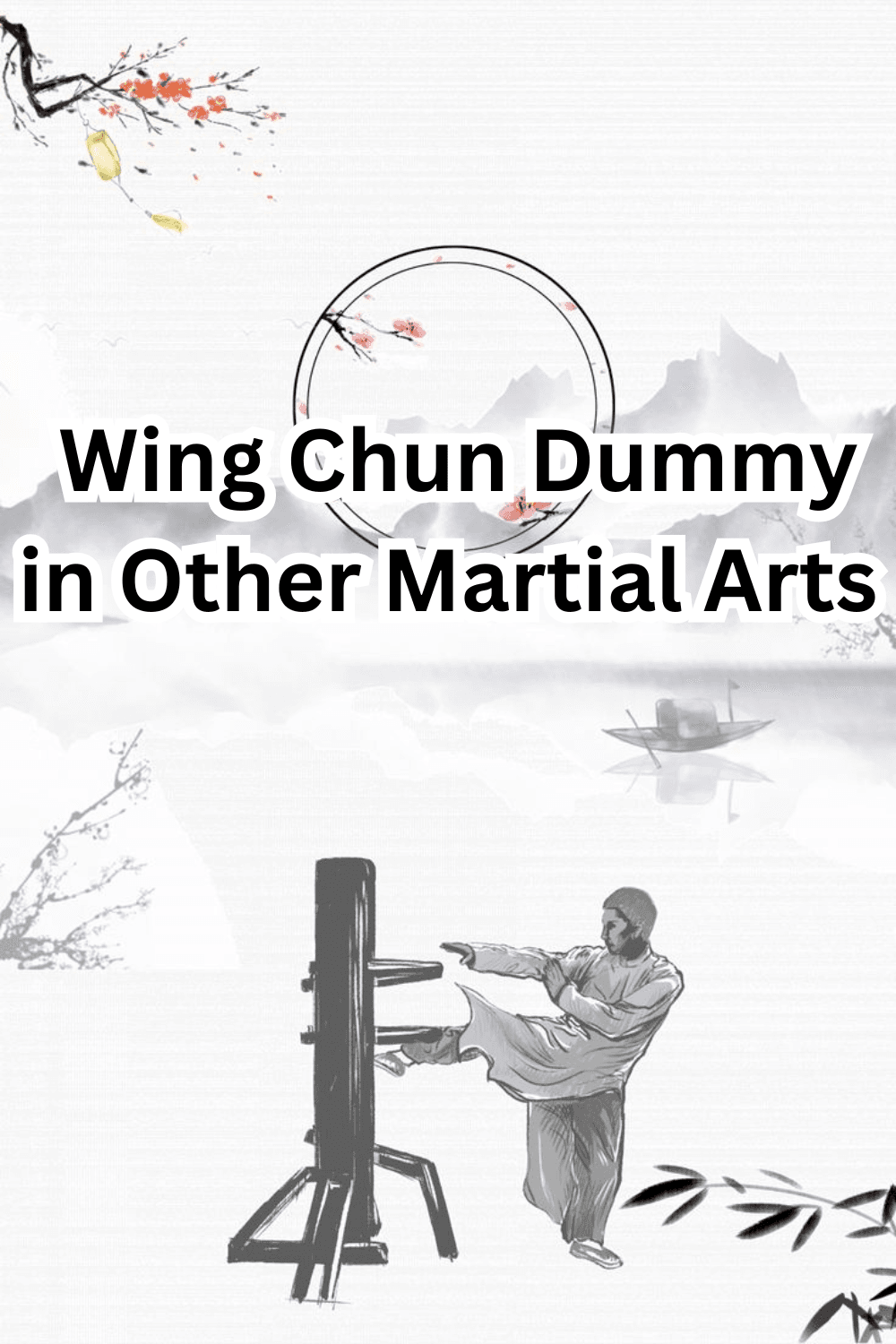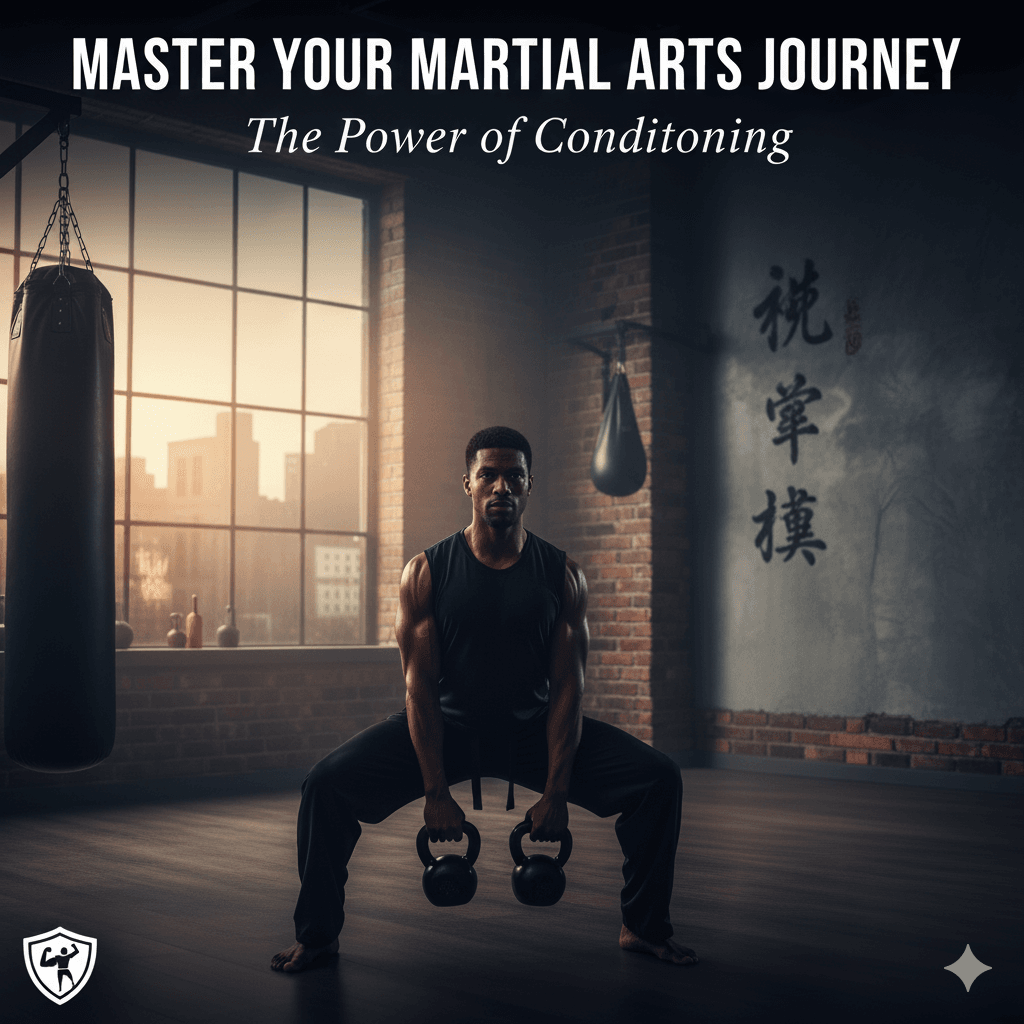The Wing Chun Dummy, also known as the Muk Yan Jong, is a crucial training apparatus within Wing Chun, a traditional Chinese martial art.
Its origins can be traced back to the late 19th century in Foshan, Guangdong province,
where it was developed to provide practitioners with a realistic training experience.
The dummy’s design reflects the principles of Wing Chun, emphasizing efficiency, precision, and directness in combat techniques.
The structure of the Wing Chun Dummy consists of a wooden frame that typically stands about 5.5 to 6 feet tall.
It features three wooden arms and a leg, affixed to a central post, which serves as the core of the training tool.
Each arm is positioned at different angles to simulate various attack paths, allowing trainees to practice blocks, strikes, and footwork.
The height and placement of the limbs are adjustable to accommodate practitioners of varying sizes and skill levels.

Videos are added as random thoughts 💭 💭 💭.
One of the key aspects of utilizing the Wing Chun Dummy in training is the development of essential skills such as timing, distance control, and hand-eye coordination.
As practitioners engage with the dummy, they learn to enhance their striking accuracy and develop a sense of rhythm in their movements.
Moreover, the dummy provides immediate feedback on the practitioner’s techniques, motivating them to refine and adjust their approach.
This training tool not only aids in honing physical skills but also fosters mental discipline and focus, which are critical components of martial arts practice.
In summary, the Wing Chun Dummy serves as an indispensable element of Wing Chun training.
Its thoughtful design and practical applications help nurture vital skills, ensuring that practitioners can effectively apply their knowledge in sparring and self-defense situations.
Integrative Training: Combining Wing Chun with Other Martial Arts
Incorporating the Wing Chun Dummy into various martial arts training regimens can significantly enhance skill development and technique refinement.
Practitioners of styles such as Muay Thai, Karate, and Brazilian Jiu-Jitsu can benefit from the foundational principles laid down by Wing Chun, fostering a deeper understanding of movement dynamics and body mechanics.
The versatility of the Wing Chun Dummy presents a unique opportunity for cross-training, allowing martial artists to explore the synergy between different disciplines.
For Muay Thai practitioners, the dummy serves as an excellent tool for practicing elbow and knee strikes, as well as clinch techniques.
By simulating real-life scenarios, athletes can hone their precision and power.
Utilizing the dummy allows for the adjustment of angles,
ensuring that strikes land effectively, thereby improving overall striking accuracy within the Muay Thai framework.
Additionally, the dummy’s stationary nature helps develop striking rhythm and continuity, which are crucial in Muay Thai bouts.
In the realm of Karate, the integration with the Wing Chun Dummy can enhance kata and kumite practice.
Practitioners can use the dummy to refine their punches, blocks, and stances.
The feedback provided by the dummy teaches students how to maintain proper form and align their strikes effectively.
Furthermore, the Wing Chun emphasis on sensitivity and adaptability can greatly enhance a Karate student’s ability to read and react to opponents’ movements, something that is crucial in both tournament settings and self-defense scenarios.
Brazilian Jiu-Jitsu enthusiasts can also leverage the principles of the Wing Chun Dummy by focusing on their grappling and positional control.
While the dummy is typically associated with striking, it can assist BJJ practitioners in improving their balance, grip strength, and overall awareness of body positioning.
Applying the fluidity of Wing Chun’s movement to ground fighting can develop a well-rounded practitioner who excels in both standing and groundwork situations.
Technique Development and Application
The Wing Chun dummy, or Muk Yan Jong, serves as a multifunctional tool that extends its utility beyond traditional Wing Chun practices.
As martial artists from various disciplines look to enhance their skills, the application of Wing Chun dummy exercises can considerably elevate one’s technique development, particularly in striking accuracy, footwork, and self-defense capabilities.
Techniques that focus on precision, timing, and distance can be systematically integrated into other martial arts through specific drills on the dummy.
For instance, practitioners of boxing can improve accuracy by utilizing the dummy for targeted striking drills.
By visualizing the dummy as an opponent, they can practice various punch combinations, which helps refine their striking technique and ensures that their punches are delivered with precision and power.
Additionally, the rigid surface of the dummy allows for the reinforcement of proper hand positioning and elbow alignment, essential for successful striking in any combat sport.
Footwork can also be enhanced through dedicated drills on the Wing Chun dummy.
Martial artists can practice moving in and out while striking, simulating realistic combat scenarios.
This not only helps in improving lateral movement but also assists in developing quick, agile responses necessary in a self-defense context.
Movements like pivoting and angling off the dummy create opportunities for dynamic combinations, promoting a holistic understanding of spatial awareness within a fighting environment.
Furthermore, testimonials from practitioners who have incorporated the Wing Chun dummy into their training underscore its transformative impact.
Many martial artists report increased confidence in their self-defense skills after regularly engaging with the dummy, appreciating how it allows for repetitive practice of techniques without the risk of injury.
The shared experiences highlight the dummy’s versatility, emphasizing its importance not only within Wing Chun but also as an invaluable resource across various martial arts disciplines.
Conclusion: The Universal Benefits of the Wing Chun Dummy
The Wing Chun Dummy, initially designed as a training aid for Wing Chun practitioners, has proven to be an invaluable resource across a multitude of martial arts disciplines.
This practice tool offers a unique interface for practitioners to engage in various drills that nurture essential skills such as striking accuracy, distance management, and body mechanics.
One of the primary benefits of the Wing Chun Dummy lies in its ability to accommodate different training needs,
making it a versatile addition to any martial arts system.
Its structured design allows practitioners to perform repetitive drills that enhance muscle memory, which is critical when learning complex techniques.
The dummy not only assists in honing striking skills but also fosters balance, coordination, and timing—skills that are integral to effective performance in any martial progression.
As martial artists progressively integrate the Wing Chun Dummy into their routine,
they experience improvements in fluidity and control that translate into their respective arts.
This adaptability is a testament to the dummy’s universal applicability.
Moreover, the practice of using the dummy encourages innovation and creativity among martial artists.
By experimenting with different applications, practitioners can customize their training regimes to meet personal goals, thus enriching their martial journey.
The incorporation of this ancient tool encourages a culture of exploration, prompting martial artists to rethink traditional practices while simultaneously embracing modern methodologies.
In exploring the potential of the Wing Chun Dummy, martial artists are encouraged to embrace the possibilities that come with integrating this versatile tool into their training.
Whether to sharpen strikes, improve techniques, or develop new combative strategies, the dummy serves as a bridge between age-old wisdom and contemporary martial arts practice.
Ultimately, the journey with the Wing Chun Dummy can yield multifaceted benefits that enhance overall skill and effectiveness in martial arts disciplines.



